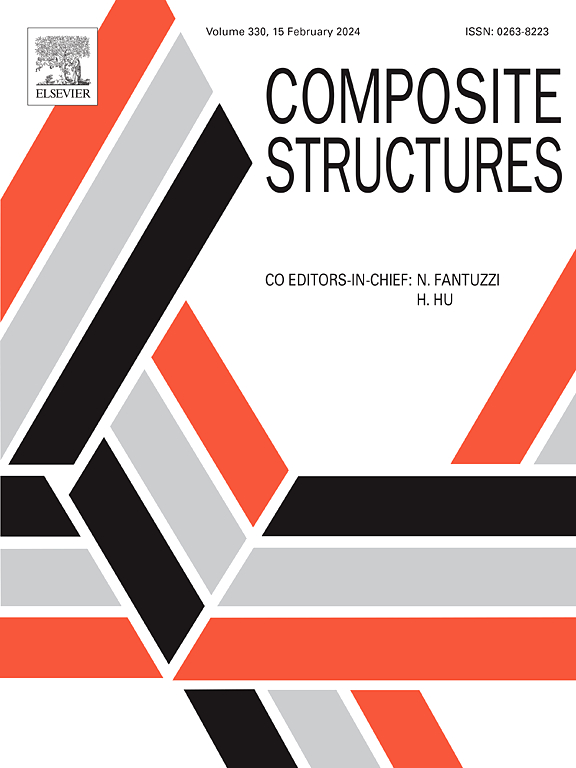Investigation on the recycling potential of additively manufactured carbon fiber reinforced PA 6.6
IF 6.3
2区 材料科学
Q1 MATERIALS SCIENCE, COMPOSITES
引用次数: 0
Abstract
Carbon fiber reinforced polymers (CFRP) are already used in a wide range of applications such as automotive, aerospace and renewable energy industries and demand on this material class is increasing steadily. As demand increases, the amount of CFRP waste, either from production or at the end of life of components, increases simultaneously and sustainable solutions such as disposal, reuse or recycling of fiber reinforced materials getting more and more important.
In this paper one possibility for recycling short carbon fiber reinforced polyamide 6.6 (CF/PA 6.6) is presented. The recycling process includes shredding of the material, drying and filament extrusion to enable a reuse of the material with an additive manufacturing process. The focus of this investigation is on the mechanical properties of the recycled filaments itself as well as on the 3D printed specimen considered recycled filaments. The properties at different stages of the short carbon fiber reinforced polyamide 6.6 recycling process were investigated, including the juvenile CF/PA 6.6 as well as specimens made from one- or two-times recycled material. Mechanical performance was evaluated by tensile, bending and impact testing. Experimental results pointed out that no significant difference in performance of juvenile and recycled materials was observed for tensile and flexural loads. The impact strength of the recycled specimen decreased to a small extent.
关于加成型碳纤维增强 PA 6.6 回收潜力的研究
碳纤维增强聚合物(CFRP)已被广泛应用于汽车、航空航天和可再生能源等行业,对这一类材料的需求也在稳步增长。随着需求的增加,碳纤维增强塑料(CFRP)在生产过程中或部件报废时产生的废料量也随之增加,因此纤维增强材料的处置、再利用或回收等可持续解决方案变得越来越重要。回收过程包括材料粉碎、干燥和长丝挤压,以便通过增材制造工艺实现材料的再利用。本次研究的重点是再生长丝本身以及考虑了再生长丝的 3D 打印试样的机械性能。研究了短碳纤维增强聚酰胺 6.6 回收过程中不同阶段的性能,包括幼体 CF/PA 6.6 以及由一次或两次回收材料制成的试样。机械性能通过拉伸、弯曲和冲击测试进行评估。实验结果表明,在拉伸和弯曲载荷下,未加工材料和回收材料的性能没有明显差异。再生试样的冲击强度略有下降。
本文章由计算机程序翻译,如有差异,请以英文原文为准。
求助全文
约1分钟内获得全文
求助全文
来源期刊

Composite Structures
工程技术-材料科学:复合
CiteScore
12.00
自引率
12.70%
发文量
1246
审稿时长
78 days
期刊介绍:
The past few decades have seen outstanding advances in the use of composite materials in structural applications. There can be little doubt that, within engineering circles, composites have revolutionised traditional design concepts and made possible an unparalleled range of new and exciting possibilities as viable materials for construction. Composite Structures, an International Journal, disseminates knowledge between users, manufacturers, designers and researchers involved in structures or structural components manufactured using composite materials.
The journal publishes papers which contribute to knowledge in the use of composite materials in engineering structures. Papers deal with design, research and development studies, experimental investigations, theoretical analysis and fabrication techniques relevant to the application of composites in load-bearing components for assemblies, ranging from individual components such as plates and shells to complete composite structures.
 求助内容:
求助内容: 应助结果提醒方式:
应助结果提醒方式:


